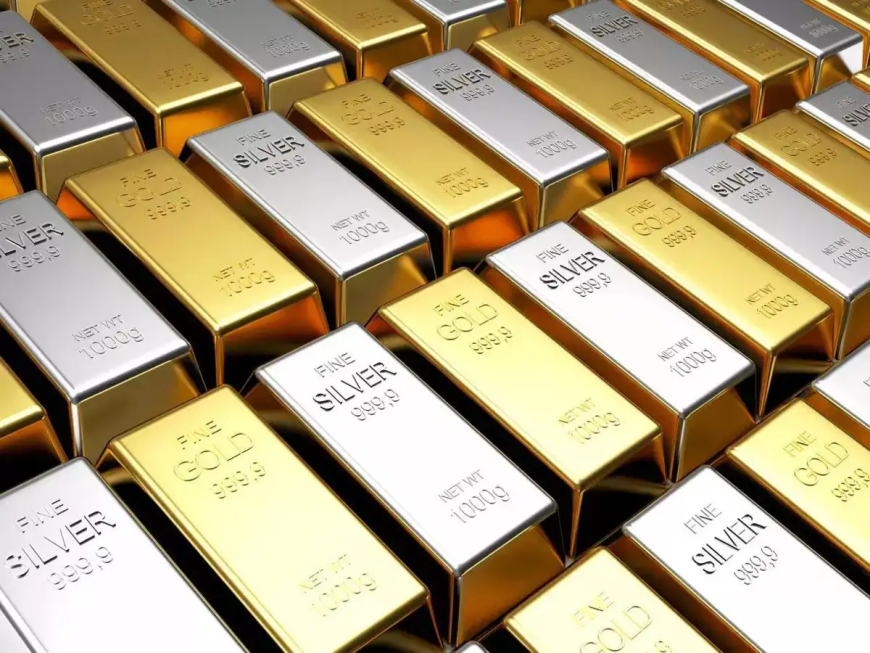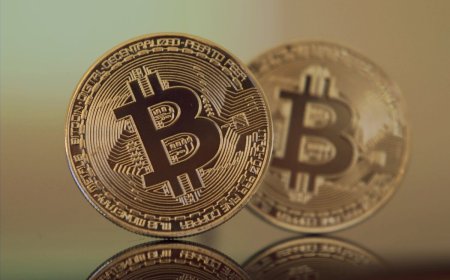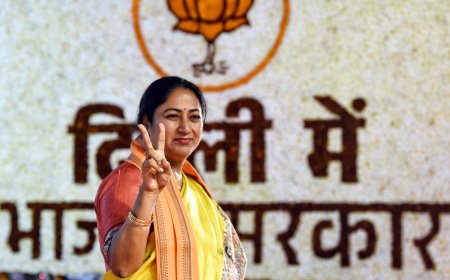Gold and Silver Prices Drop: No Surge Even on Akshaya Tritiya, Invest Wisely
The prices of gold and silver have recently decreased, and despite the occasion of Akshaya Tritiya, no significant rise was observed. Learn more about the current trends and how to approach your investments wisely in this detailed blog post.

Gold and Silver Prices Fall: No Significant Change Even During Akshaya Tritiya, Invest Carefully
Gold and silver are traditionally seen as safe haven investments, especially in times of uncertainty. For many years, both precious metals have served as a hedge against inflation and economic instability. However, recent trends show that both gold and silver prices have fallen. Surprisingly, even during the auspicious occasion of Akshaya Tritiya, which is typically associated with an increase in demand for gold, there was no noticeable rise in prices.
In this blog, we will explore the reasons behind the price drops of gold and silver, why the usual rise didn't occur this Akshaya Tritiya, and how you should approach investing in precious metals in the current market.
1. Understanding the Fall in Gold and Silver Prices
Gold Prices Decline
Gold prices, which have been known to fluctuate based on global economic conditions, have recently shown a downward trend. There are several factors influencing this drop:
-
Stronger US Dollar: The US dollar has gained strength in the global market, making gold less appealing for investors who hold other currencies.
-
Rising Interest Rates: Central banks, particularly the US Federal Reserve, have been raising interest rates to curb inflation. Higher interest rates make non-yielding assets like gold less attractive.
-
Economic Stability: As the global economy stabilizes post-pandemic, investors have shifted their focus to riskier assets that offer higher returns, reducing the demand for gold.
Silver Prices Follow Suit
Silver, often considered a secondary precious metal to gold, has also seen a decline in prices. Similar to gold, silver is heavily influenced by global economic factors, including:
-
Economic Recovery: As economies continue to recover, industrial demand for silver in electronics and solar panels has not been strong enough to offset its drop in value.
-
Currency Strength: The strength of the US dollar has also affected silver prices, as it has with gold.
-
Investor Sentiment: While silver is often viewed as a more affordable option for investors compared to gold, the lack of demand in key markets has led to price reductions.
2. Akshaya Tritiya and Its Impact on Gold Prices
Akshaya Tritiya, a festival celebrated in India, is known for its association with buying gold and other precious items. Traditionally, gold prices tend to rise during this time due to increased demand from consumers eager to purchase gold for religious and auspicious reasons. However, this year’s Akshaya Tritiya saw a different scenario.
Why Did Prices Not Increase During Akshaya Tritiya?
Several factors contributed to the lack of a price rise in gold during this festival:
-
Global Market Trends: As mentioned earlier, the global economic situation, including a stronger dollar and higher interest rates, has affected the demand for gold, even during traditionally high-demand periods like Akshaya Tritiya.
-
Domestic Factors: In India, gold is often seen as a long-term investment, and fluctuations in global prices sometimes result in consumers being more cautious about buying gold at higher prices.
-
Uncertainty in the Market: Many consumers and investors are now more aware of market volatility. This cautious sentiment has led to reduced enthusiasm for purchasing gold, despite its cultural significance during the festival.
3. Why is This a Time to Be Cautious with Precious Metal Investments?
While gold and silver have historically been considered safe investments, recent market trends have shown that caution is key. Here's why:
1. Price Volatility
Both gold and silver are experiencing increased volatility. Prices that were once seen as stable are now swinging, which can be unsettling for investors. It is crucial to recognize that precious metals, while still valuable, are no longer guaranteed to follow the same predictable patterns.
2. Opportunity Cost of Investing in Gold and Silver
When you invest in gold or silver, you're choosing not to invest in other potential growth assets, like stocks or real estate. With the current decline in prices, the opportunity cost of holding onto these metals may outweigh their potential long-term gains. Diversifying your investment portfolio is more important than ever.
3. The Impact of Global Events
The prices of precious metals are highly sensitive to global economic events. This includes things like geopolitical tensions, changes in interest rates, and shifts in investor behavior. These external factors can create large fluctuations in metal prices that may not always benefit your investment.
4. Changing Investor Sentiment
With global financial markets evolving, investor sentiment is also changing. Many are moving away from traditional safe-haven investments and are exploring new, more profitable opportunities. This shift is reducing demand for gold and silver, which historically thrived in uncertain times.
4. What Should You Do as an Investor?
If you’re considering investing in gold or silver, it’s essential to approach it with a clear strategy. Here are some tips to help you make informed decisions:
1. Stay Informed About Market Trends
Before making any investment decisions, take the time to stay updated on the latest market trends. Pay attention to shifts in currency strength, economic policies, and global events that might affect the price of gold and silver. Make your decision based on facts and data rather than speculation.
2. Diversify Your Investments
Instead of putting all your money into gold and silver, consider diversifying your investments across different asset classes. This will reduce your overall risk and increase the chances of having a more stable return on investment. For example, consider adding stocks, bonds, or mutual funds to your portfolio.
3. Invest for the Long Term
Precious metals should be viewed as a long-term investment rather than a quick fix for making profits. If you plan to buy gold or silver, be prepared for potential short-term volatility. Have a long-term strategy in mind and avoid making rash decisions based on short-term market fluctuations.
4. Avoid Emotional Buying
Don’t let market events or festivals like Akshaya Tritiya drive your investment decisions. While gold may have a cultural and emotional significance, investing in precious metals should always be done with a rational approach. Emotional buying could lead to overpaying or investing at the wrong time.
5. Conclusion: Approach Precious Metal Investments Carefully
The decline in gold and silver prices, despite the usual demand during Akshaya Tritiya, serves as a reminder that the investment landscape is constantly changing. While these precious metals remain valuable, their prices are now more volatile than ever. As an investor, it is crucial to approach your investments with caution and awareness.
If you’re looking to invest in gold or silver, ensure that you do so with a clear strategy and an understanding of the broader economic factors that influence their prices. Always remember to diversify your investments and stay informed about market trends. Whether you're purchasing for investment or for personal reasons, always make sure that your decisions are well-thought-out to maximize long-term benefits.
What's Your Reaction?





























































